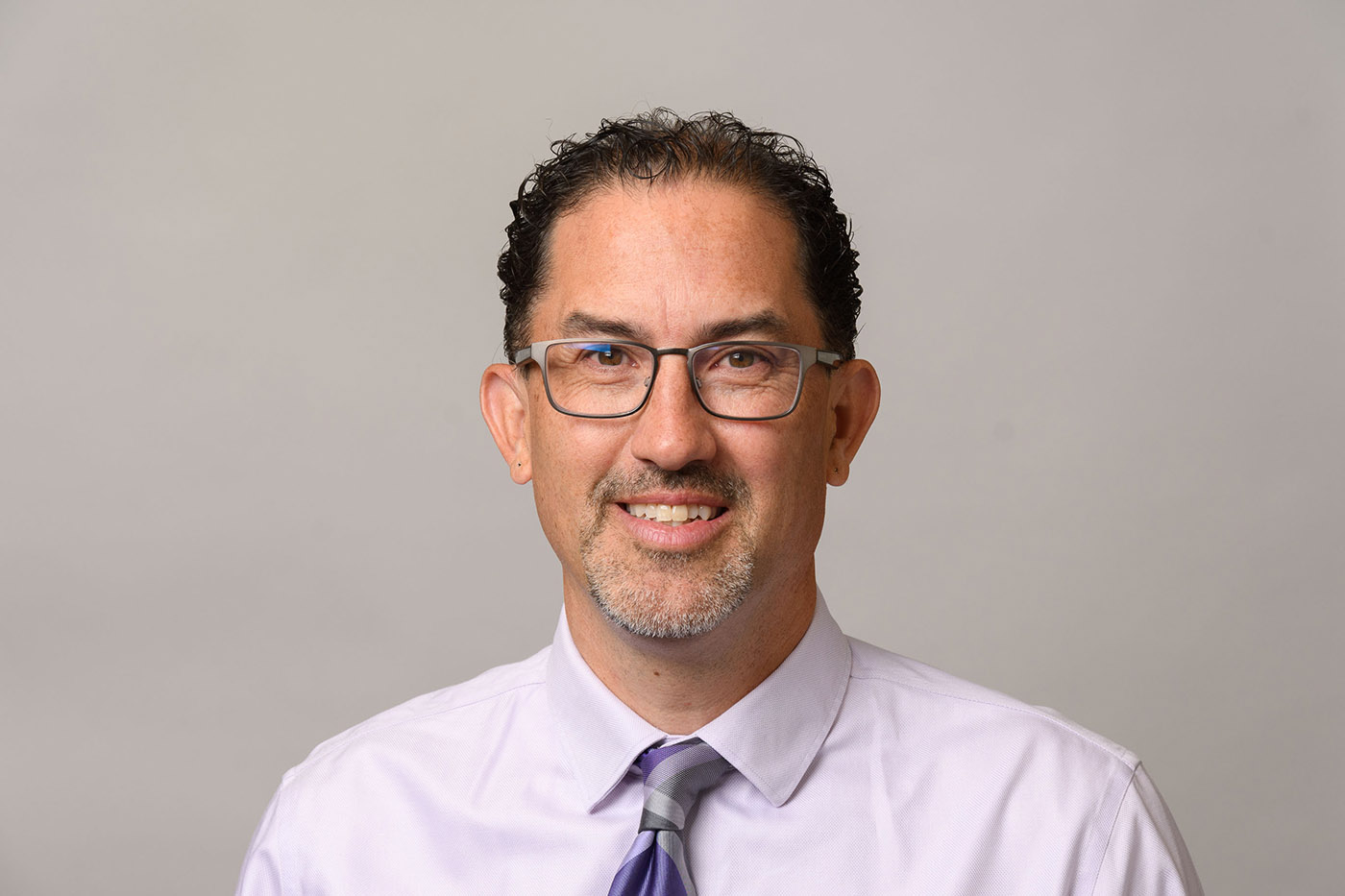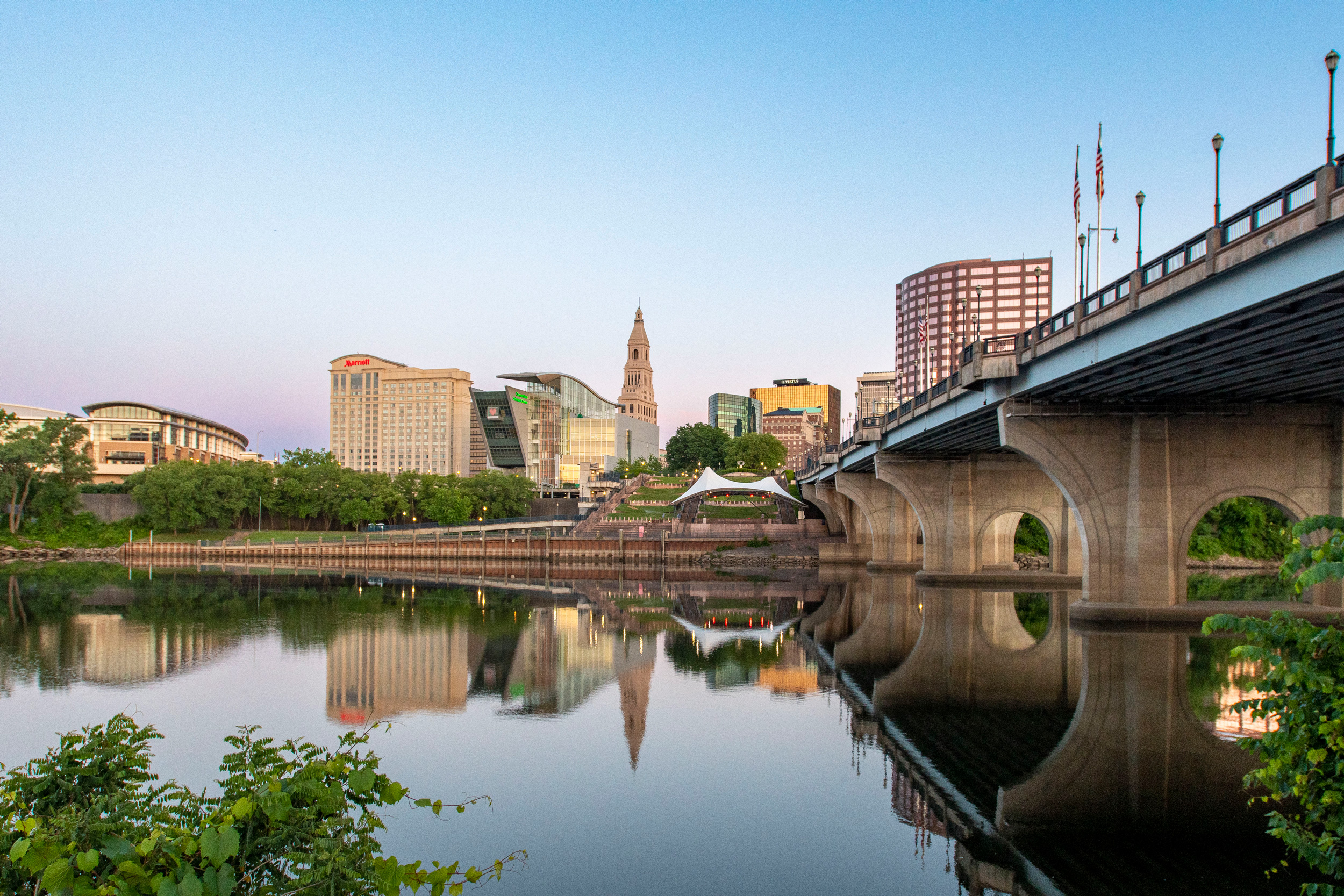About UConn Hartford
About UConn Hartford
Heart of Connecticut’s Capital City
In the heart of our state’s capital region, UConn Hartford gives undergraduate and graduate students the opportunity to begin, continue, or complete their education in a small college environment, while providing access to the faculty and resources of a world-class research university.
UConn Hartford strives to develop the inherent excellence of every student and challenge them to generate positive change in our communities, state, nation, and world. In the midst of this global city, our students take classes and participate in events that help them become leaders who understand and solve the transnational nature of today’s challenges and opportunities.
Our programs incorporate experiential learning that engages students with many cultural, political, social, and economic institutions of the surrounding metropolitan area. With an emphasis on equity, justice, anti-racism, and community collaboration, we are home to the School of Social Work, School of Public Policy, Urban and Community Studies Program, and the Connecticut State Historian. We share our neighborhood campus with the Hartford Public Library and the Wadsworth Atheneum: cultural, intellectual, and community spaces that bring UConn and the city together in exciting and productive ways.
Integrating research, teaching, and community service, our distinguished faculty are engaged in innovative scholarship, analyzing critical issues in urban studies, education, social inequalities, business, public policy, and more. Our outstanding staff provide the full range of academic and student support services for our ambitious academic mission.
UConn Hartford is a proud member of the Greater Hartford Consortium for Higher Education which allows our students and eligible employees to cross register for courses at other member institutions.
We are a federally designated Asian American and Native American Pacific Islander Serving Institution (AANAPISI) and Hispanic-Serving Institution (HSI).
Campus Leadership

Mark Overmyer-Velázquez, Ph.D.
Campus Dean & Chief Administrative Officer
Dr. Mark Overmyer-Velázquez is the dean and chief administrative officer of UConn Hartford and professor of history and Latino studies. A leader in urban higher education, Dr. Overmyer-Velázquez oversees a diverse campus of 3,000 students and 400 faculty and staff at UConn Hartford, a federally designated Minority Serving Institution (AANAPISI/HSI). Under his leadership, the campus has expanded enrollment, philanthropy, research, and community engagement while advancing equity and inclusion. He launched key initiatives such as the Research on Resilient Cities, Racism, and Equity; an Academic Achievement Center; the Office of Advocacy & Community Engagement; and the Truth, Racial Healing, and Transformation Innovation Hub.
Dr. Overmyer-Velázquez chairs the Hartford Consortium for Higher Education, the Hartford Foundation for Public Giving, and serves on several regional and national boards. Previously, he taught at Pomona College, Wesleyan University, and UConn Storrs, where he founded El Instituto: Institute of Latina/o, Caribbean, and Latin American Studies. His books include Visions of the Emerald City (Duke, 2006) and Global Latin(o) Americanos (Oxford, 2017). A Fulbright Scholar, he was West Hartford’s first Latino elected official and has been honored for leadership in social justice and education.
Our campus administration is made up of a dedicated team of leaders and staff who support UConn Hartford and our students, faculty, and staff.
UConn Hartford’s Board of Advocates partners with the campus dean and chief administrative officer to support the campus’ mission and further its prominence and relevance in Connecticut and beyond. As leaders in the community, they serve as ambassadors for UConn Hartford in the city, the state, and nationally. Their work includes promoting campus achievements, building and strengthening relationships with alumni and community members, and supporting philanthropic activities.
2023-24 Annual Report
Our students, staff, faculty, and community partners helped make 2023-24 an exciting and transformative year for the University’s capital city campus.
History
UConn Hartford’s main campus building was created from the Hartford Times Building, home to a daily newspaper that operated from 1817 to 1976. Built in 1920, the Beaux-Arts building was designed by architect Donn Barber, who also designed the iconic Travelers Tower across the street. Barber salvaged granite columns, massive oak doors, and marble steps from the Madison Square Presbyterian Church in Manhattan. He redeployed these elements in the Times’ monumental portico, conferring a sense of the sacred. The high walls of the portico’s arcade are decorated with murals depicting allegorical figures for Poetry and Prose, Time and Space, Insight and Inspiration.
Preservationists have long viewed the Hartford Times Building as a treasure. Its importance goes beyond architectural beauty, because it carries Hartford’s stories and history. Four U.S. presidents spoke from the terrace of the Times building — Truman, Eisenhower, Johnson, and John F. Kennedy, who gave the final speech of his 1960 campaign to 100,000 people, one day before he was elected.
UConn Hartford sits on traditional, ancestral, and occupied Native American land. The campus’ location and history require that we critically reflect on the ongoing effects of settler colonialism and structural racism and question what it means to teach, learn, and conduct research on occupied lands.
History
UConn Hartford was created from the Hartford Times Building, home to a daily newspaper that operated from 1817 to 1976. Built in 1920, the Beaux-Arts building was designed by architect Donn Barber, who also designed the iconic Travelers Tower across the street. He salvaged granite columns, massive oak doors, and marble steps from the Madison Square Presbyterian Church in Manhattan. He redeployed these elements in the Times’ monumental portico, conferring a sense of the sacred. The high walls of the portico’s arcade are decorated with murals depicting allegorical figures for Poetry and Prose, Time and Space, Insight and Inspiration.
Preservationists have long viewed the Hartford Times Building as a treasure. Its importance goes beyond architectural beauty, because it carries Hartford’s stories and history. Four U.S. presidents spoke from the terrace of the Times building — Truman, Eisenhower, Johnson, and John F. Kennedy, who gave the final speech of his 1960 campaign to 100,000 people, one day before he was elected.
UConn Hartford sits on traditional, ancestral, and occupied Native American land. The campus’ location and history require that we critically reflect on the ongoing effects of settler colonialism and structural racism and question what it means to teach, learn, and conduct research on occupied lands.
